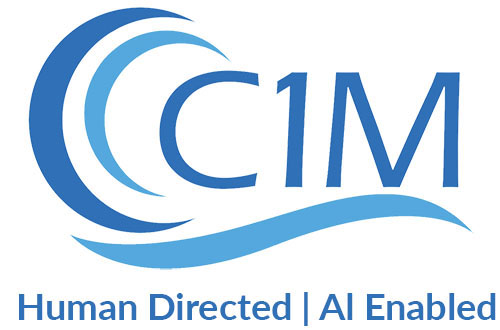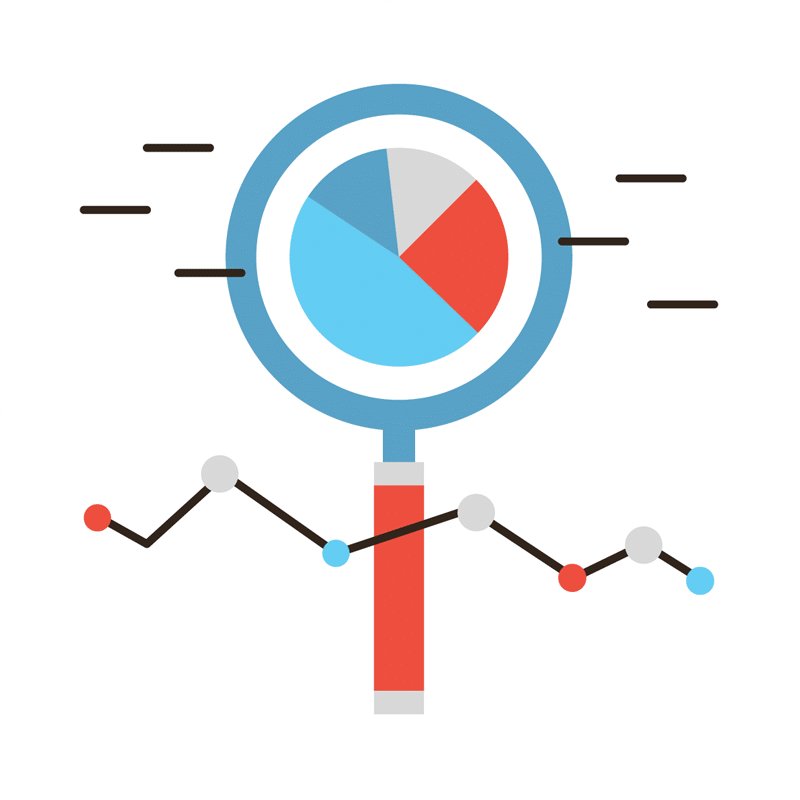
Questions are a key component of getting to know someone. Whether it be a new colleague, friend or client, we use questions to understand the values, interests, fears and insights of a new person.
Asking questions also shows interest, that you care about what they have to say.
Yet, there’s a fine line between asking questions to gain information and asking too many questions, to the point of being annoying. Or, in the case of prospects, seeming totally unprepared.
Ask the Right Amount of Questions to Prospects
In every sales relationship, especially new ones, there needs to be a good balance between asking thoughtful, pointed questions, and providing value via dialogue-driven questions based on what you already know about your prospect.
In a recent HubSpot article, @Gong_io pointed out the nagging reason it’s so hard to sell to C-suite executives: we’re asking too many questions.
Think about your average CEO, COO or whoever you’re dealing with. They’ve got a lot of spinning plates, and they simply don’t have time to fill in all the gaps for you. They expect you to have done your homework, and come prepared with just a handful of questions that can crystallize what you already know about them, and lead them to fill in minor gaps.
In fact, sometimes you may even be asking questions you already know the answer to as a tool to show your prospect that you are prepared.
So, what do the numbers say?
There is a strong negative trend between asking discovery questions and closing a sale. In fact, asking merely four sales questions in a qualified sales meeting is the sweet spot to closing the deal.
Troubled waters start to arise near and beyond eight questions.
The data from this study is linked specifically towards C-level execs, but I think we can use the same ideology on the “average” consumer, as well.
Think Back When You Have Been Asked Sales Questions
Have you ever tried to sign-up for a website’s mailing list, and received a prompt of “get to know you” questions? This is pretty common, so chances are you have. But in the instances that you actually took the time to fill out that brief questionnaire, did you notice how many questions there were?
In contrast, have you ever been so frustrated by the volume of questions, that you just gave up and clicked away? I sure have.
For business owners, this is not great news. You put time and thought into those questions! They’re meant to help you and the client! But, that’s not how your prospect sees it.
In today’s day and age, where there is unlimited access to information, your prospect expects you to already know them, before you even speak. Sounds a little strange, or even a bit creepy, but it’s true!
With that in mind, here’s how to use a “less is more” approach in the discovery phase to gain your prospect’s trust, and land the sale…
Gaining Your Prospect’s Trust Before A Sale
1. Do your homework.
Sounds obvious enough, but it can never be understated. Learn as much about your prospect as possible.
What are their pain points?
How does your solution address those issues?
2. Prepare questions that lead to a dialogue.
Instead of questions that can be answered with a simple “yes” or “no,” prepare questions that will give your prospect something to talk about. You want to ask something that shows their passions, fears, and that will lead to valuable insights about their business and brand identity.
3. Limit your questions.
Start with a list of every question you’d like to ask, then start parsing it down.
Can you combine two ideas into one?
Can you answer any of these questions on your own?
Which questions are most important?
Keep those and ditch the rest.
4. Be prepared to react in the moment.
Be open to straying from your question. The conversation may veer in a completely new direction, so be ready to switch gears.
5. Clarify, repeat, and check-in.
You want to make sure that what you’re hearing is actually what your prospect is trying to communicate. Asking clarifying questions will show that you are paying attention, and also clear up any confusion.
For example, if a prospect says, “I want to increase the number of readers to my blog,” your response could be, “Tell me why blog readership is so important to your brand.”
Checking in is vital because you and your prospect may have different ways of communicating and measuring success. Follow-up questions will ensure everyone is on the same page, looking for the same result.
Your Silence Is Actually Golden
Finally, the most important thing to keep in mind in any sales conversation, whether they’re a prospect or an existing client, is you listening to them.
What are their priorities?
Dig into specific, personal motivations for why your buyer is allocating resources to your business, rather than the “other guys.”
How do they define success?
Listen for cues that point to their measure of success.
Do they want to reduce costs?
Find more clients?
Repair their brand image?
Read between the lines.
Watch out for perceived barriers.
These might be in the market or through your product/service. Buyer perceptions may not be accurate to what you provide. But they are a barrier, nonetheless.
Evaluate their buyer’s journey.
Which resources does your customer rely on during the buying process?
Maybe they read reviews from various sources first. Or maybe it is a referral from an existing customer.
How do they make decisions?
Make a checklist of the criteria most important to your buyer in order from most to least important. Avoid generalizations such as “cost” or “ease of use.”
While questions are important, your customer wants you to read between the lines, listen to what they are saying, and pull from it the answer you’re already looking for.
Have you had an experience, either as a salesperson or customer, where the discovery phase went south?
What was the cause?
Did it have to do with the line or questioning?
Let us know your thoughts in the comments below!
If you’d like some direction and ideas to grow your sales, schedule a FREE business growth call here.
We Can Help
- ask clarifying questions to your clients ,
- Ask the Right Amount of Questions to Prospects ,
- asking sales questions ,
- discovery phase ,
- email surveys to your customers ,
- Gaining Your Prospect’s Trust Before A Sale ,
- Getting to Know Your Customers in The Discovery Phase ,
- how to listen to your customers ,
- questions that lead to a dialogue with your customer


